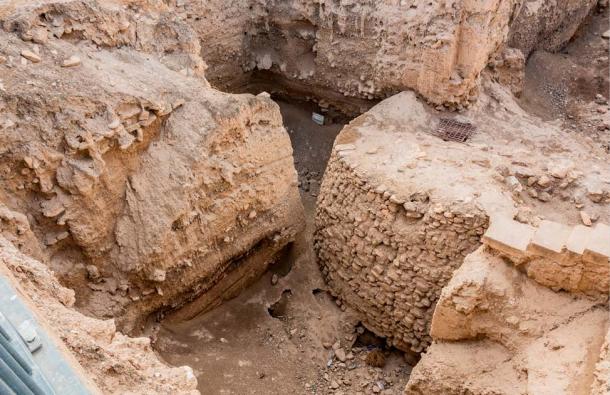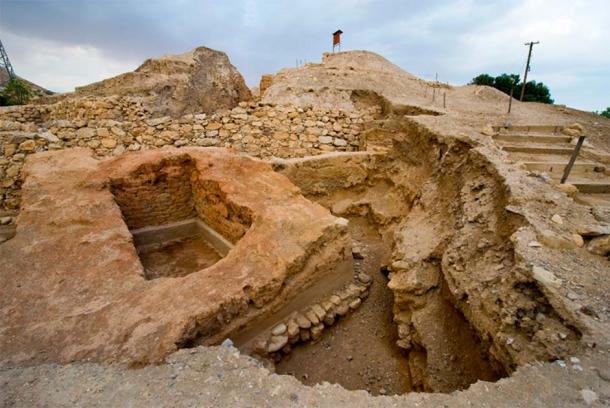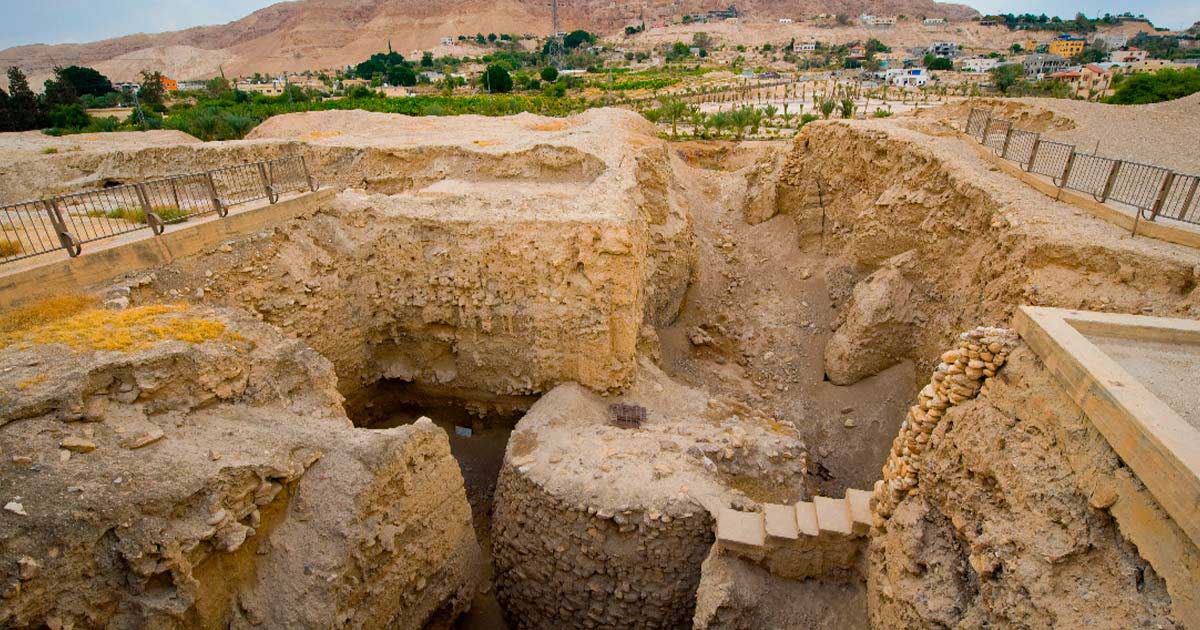UN Heritage Listing in Palestine Sparks Israeli Discontent
At a recent UN conference, the 12,000-year-old Tell es-Sultan archaeological site near Jericho, on the West Bank, was listed as a World Heritage Site “in Palestine.” This decision angered Israeli heritage bosses, who do not recognize Palestine as a state.
The Tell es-Sultan archaeological site is located near Jericho, on the West Bank, in a territory that is administered by the internationally recognized Palestinian Authority. With a history dating back almost 12,000 years, to the Natufian period, the site is regarded as one of the oldest inhabited cities in the world.
Because the site is located on the West Bank, at a recent UNESCO meeting in Riyadh, Saudi Arabia, it was listed as “a World Heritage Site in Palestine,” becoming the very first ancient site on Arab land to receive this recognition. According to Times of Israel, in response, Israel’s foreign ministry said on Sunday that UNESCO had made a “distorted decision” after falling for “a cynical ploy by the Palestinians to politicize UNESCO”.
What Exactly Is Being Disputed?
Located around 2 kilometers (1.2 m) from Jericho, Tell es-Sultan is an oval-shaped earthen mound that around 12,000-years-ago supported one of the world’s first-known villages. A permanent settlement emerged by the 9th to 8th millennium BC due to the site’s fertile oasis soil, and its access to constant water supplies. Archaeologists also discovered skulls and statues at the settlement, which represent the ritualistic practices of later Neolithic populations.
The site was reused by a Bronze-Age civilization around 2600 BC, and the mound also holds the foundations of a synagogue dating back to the first century BC. While the disputed site was founded over 12,000-years-ago, this story began when Israel captured the West Bank, along with Gaza and east Jerusalem, in the 1967 Mideast war. On June 10, 1967, Israel launched preemptive strikes and gaining control over Sinai, Gaza, West Bank, and Golan Heights.

Neolithic tower at Tell al-Sultan. This site is considered the world's most ancient continuously inhabited settlement and has been undergoing archaeological excavation for more than a century. (MAEKFOTO/Adobe Stock)
Israel’s victory transformed its strategic position and reshaped the region's geopolitics, but it also intensified the Israeli-Palestinian territorial disputes, and further eroded Arab-Israeli relations. Today, while Israel views the West Bank as the heart of the Jewish people’s religious beliefs, the Palestinians want this territory for their future state.
- Resisting the Odds: The Inspiring Story of Gaza’s Pottery Artisans (Video)
- Archaeologists Find Evidence of 14,000 Year-Old Burial Rituals
Israel Is Shouting From the Sidelines
In 2011, UNESCO accepted Palestine as a member state, which enraged Israel and caused them to resign in 2019. But because Israel remains a party to the World Heritage Convention, it sent a delegation to the recent meeting in Riyadh. According to a report in AP, Israel has since accused UNESCO of being “biased,” and for having “diminished its connection to the Holy Land.”
Because of its historical sites and proximity to the Dead Sea, the modern city of Jericho has become a major draw for tourism to the Palestinian territories. In 2021, the Palestinian Authority announced the discovery of one of the largest mosaics in the Middle East, discovered in a Jericho palace dating back to the 8th century AD. However, Israel claims historical and religious ties to the West Bank settlements, disputed ownership, investments and security concerns, as reasons for not relinquishing the West Bank to Palestine.

UNESCO said, Tell es-Sultan "exhibits the interchange of cultural and spiritual ideologies with civic living, creating developments in architecture, technology, arts, and the domestication of plants and animals, particularly during the Neolithic and the Bronze ages". (Robert Hoetink/Adobe Stock)
- Bizarre Mortuary Practices and the Jericho Plastered Skulls
- How Ancient Palestinian Soap Is Made (Video)
Archaeology Is a Puppet in the Arab Israeli Conflict
According to UNESCO, the disputed site was traditionally called “Ancient Jericho/Tell es-Sultan,” but the two are now deemed as distinctly different. Ernesto Ottone, UNESCO’s assistant director general, said during the meeting, that the property proposed for nomination is “the prehistoric archaeological site of Tell es-Sultan located outside the antique site of Jericho.”
Archaeology and heritage are one of the many sensitive issues in the ongoing Israeli-Palestinian conflict, with both sides using heritage and conservation to demonstrate their claims to the Holy Land. Israel often refers to these disputed territories as Judea and Samaria, but in front of archaeology, Israel views the West Bank as a crucial buffer zone that enhances its national security by mitigating potential risks to its citizens.
Therefore, this debate is perhaps less about the ancient settlement itself, and which side will conserve the crumbling stones, but more so, for control of the sand it was built upon.
Top image: Tell es-Sultan in Jericho is an archaeological site that traces its origins to around 12,000 BC and has been declared a World Heritage site by UNESCO in 2023. Source: Robert Hoetink/Adobe Stock
By Ashley Cowie
References
2023. Israel criticizes UN vote to list ruins near ancient Jericho as World Heritage Site in Palestine. Available at: https://apnews.com/article/unesco-israel-palestinians-politics-jericho-d6d17926e7c67ef749ac0aa7d21d9cdd

















